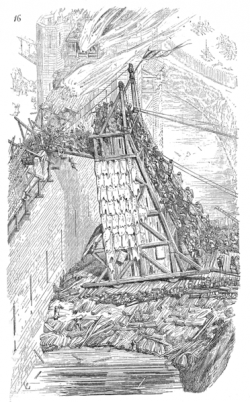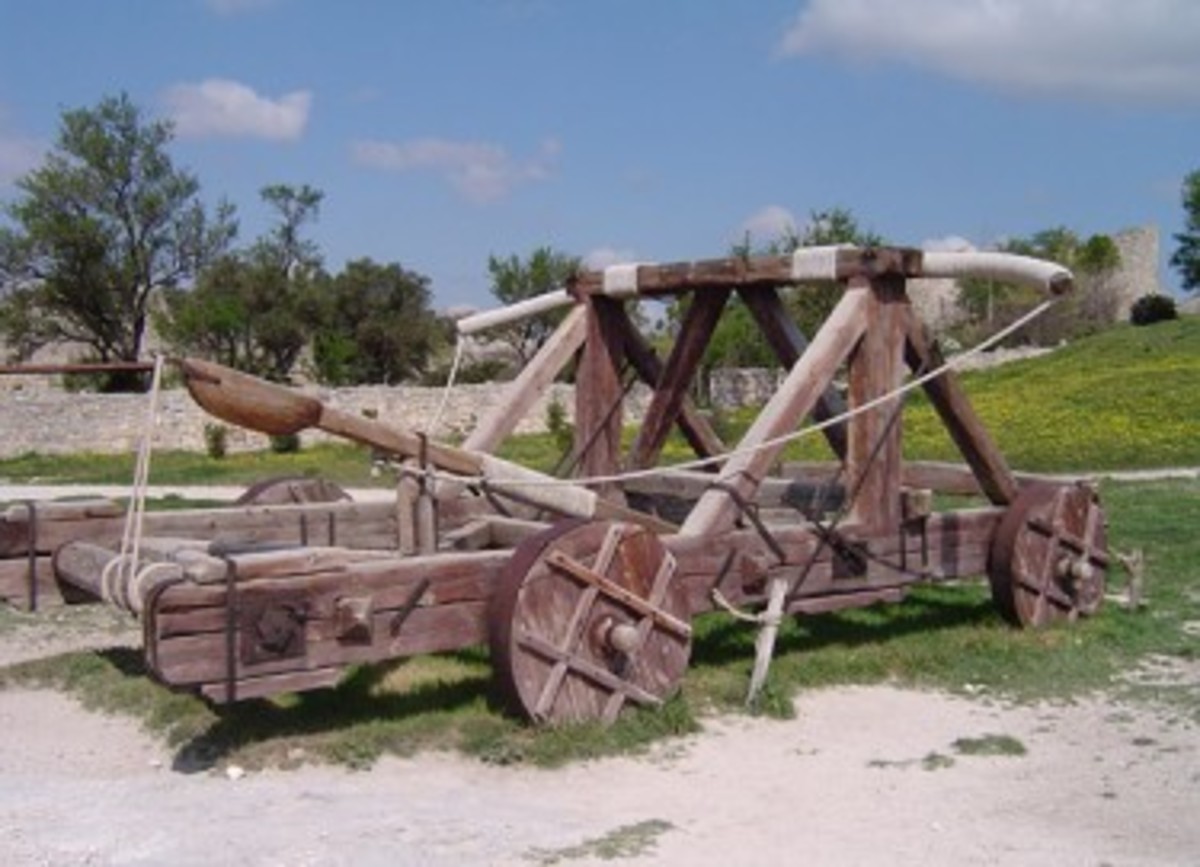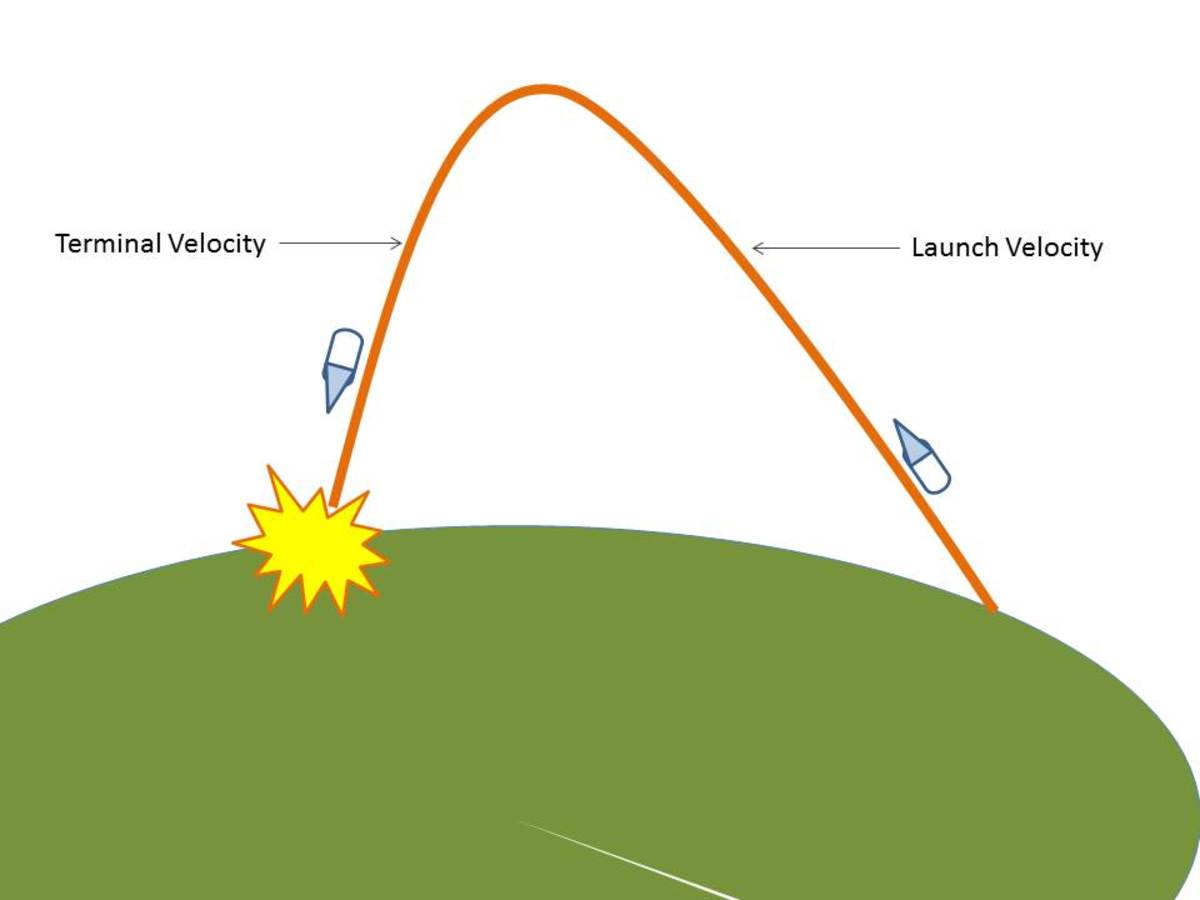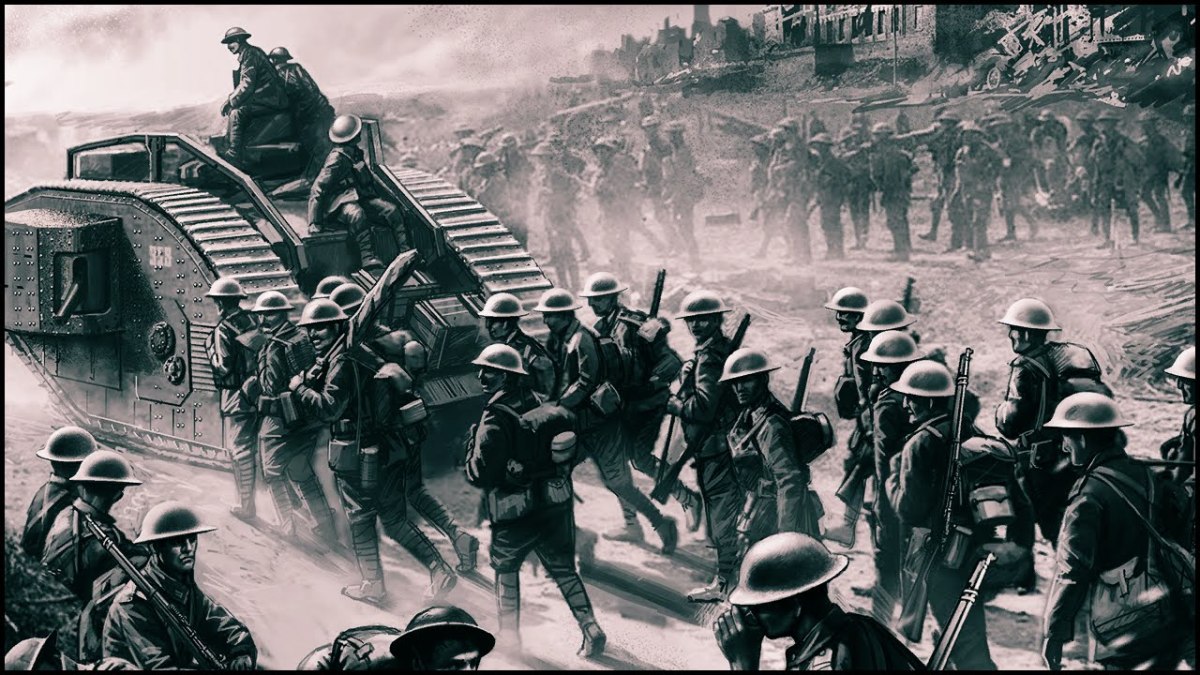- HubPages»
- Education and Science»
- History & Archaeology»
- Military History
Medieval Weaponry - Siege Engines

Bringing out the big guns!
Siege warfare was common in the middle ages. Its most basic mode was simply surround a fortification (town, castle, fort) and stop anyone from entering or leaving, in essence hoping to starve the residents out. Its an effective method of taking a garrisoned castle out of the war. The problem however is, that as long as the siege is continuing your forces are also stuck where they are, and you run the risk of starvation, desertion, and much worse.
The solution is simple enough, force the castle to surrender by force rather than waiting to starve them to the point of desperation. And that's where siege engines enter the picture. Siege engines were designed to either break down a wall, cause as much damage as possible, or defend the walls of a fortification against sieges and siege engines.
This Article is Part II of an ongoing series of articles on Medieval Weaponry and Warfare
Photo used with permission from sxc.hu
Did You Know?
Catapult is not a specific type of siege engine, but rather a generic term for a siege engine that hurls projectiles without the use of explosives. The siege engine generally called a catapult is actually a Mangonel or Onager.
Did You Know This?
Did you know that Catapult was a generic term and not a specific siege engine?
The Fustibal - (aka Fustibalis, Staff Sling, Pole Sling)

The Fustibal is probably the simplest siege engine imaginable, yet incredibly powerful and portable. It is quite simply a sling on the end of a pole or staff.
The staff sling was often used from boat to launch stones and early grenades over the walls of fortifications or onto other boats. It was powered by the slinger and not mechanical means, it was easy to make, and easy to operate. For this reason it was an extremely popular weapon. That being said it could not topple walls, and if you were in range to throw something over the walls you were most likely in range of arrows.

The Perrier
(aka traction trebuchets, traction catapult, manjaniq)
The Perrier was the next logical step in siege engine Warfare after the weaknesses of the staff sling were discovered. The perrier is nothing more than a large staff sling on a frame with one (or several) ropes to pull on to operate the sling. Some of the largest ones would have whole teams of people pulling on the ropes in times movements to sling huge boulders at the walls.
This meant more power and greater chance of actually knocking down a wall.
The Trebuchet
The Trebuchet is the grand master of siege engines. The largest of these could hurl boulders as big as a house from great distances. They generally took a team of men to operate, and they had to be taken apart and rebuilt at the battle site to move them. As impractical as that sounds their sheer power made it worth while. Before cannons became common place these could mean the difference between a siege lasting years and one lasting weeks.
Mangonel - (aka Onager) Often mislabeled as Catapult
This is the device most people picture when they think of Catapults. It is a spring loaded arm with a bowl or sling for ammo. its range was much shorter than the Trebuchet, and it was not able to launch the size of ammo that the trebuchet could launch, but it was mobile, it could be mounted on wheels and easily carted to the battlefield. This allowed the barrage to begin immediately.
Ballista - (aka Springald, Scorpio, Scorpion)
The ballista is nothing more that a really large crossbow. Deadly accurate, quick to load (compared to other siege engines) and portable. The Springald version of the ballista is smaller more compact version that could fit inside castles to shoot out the windows and such to improve the defenses.
The ballista shoots large arrows, depending on the size of the ballista these could be massive tree trunks. Not so effective against walls, but from a defensive standpoint you could shoot at siege engines from a greater distance and with more effect than your bow and crossbowmen.

Siege Tower
The Siege Tower is exactly what it sounds like. A large tower on wheels that would be moved close to the wall so soldiers could get over the castle wall without putting themselves at too much risk. Often these towers were built on site as they were unwieldily to maneuver at the best of times.
As you can see from the image the towers were generally built with a ramp that would be lowered onto the castle wall for the soldiers to storm over and enter the castle. This allowed you to take a castle without breaching the wall, which meant you could garrison it with your own troops and have a defensive castle in enemy territory.
Since these were usually built onsite out of wood a big risk is that the enemy would set the whole thing on fire using pitch pots or other incendiary methods.
Battering Ram
The Battering Ram was essentially just a log used to batter at the gates until they caved in. Often they'd be housed in a protective cover that the operators could hide under to avoid arrows, boiling oil, and anything else the defenders would hurl down upon them.
Petard
Big Bada Boom
A Petard is a directed explosive. It uses a shielded casing and considerable amounts of early gunpowder to send a blast towards its target. The biggest issue with a petard is it had to be placed directly on the gates of the fort. It worked on a similar principle as the battering ram in that if you knock the gate down you can storm the castle and win the day.
Got anything to add? I'd love to hear from you.
© 2012 Jeff Johnston










